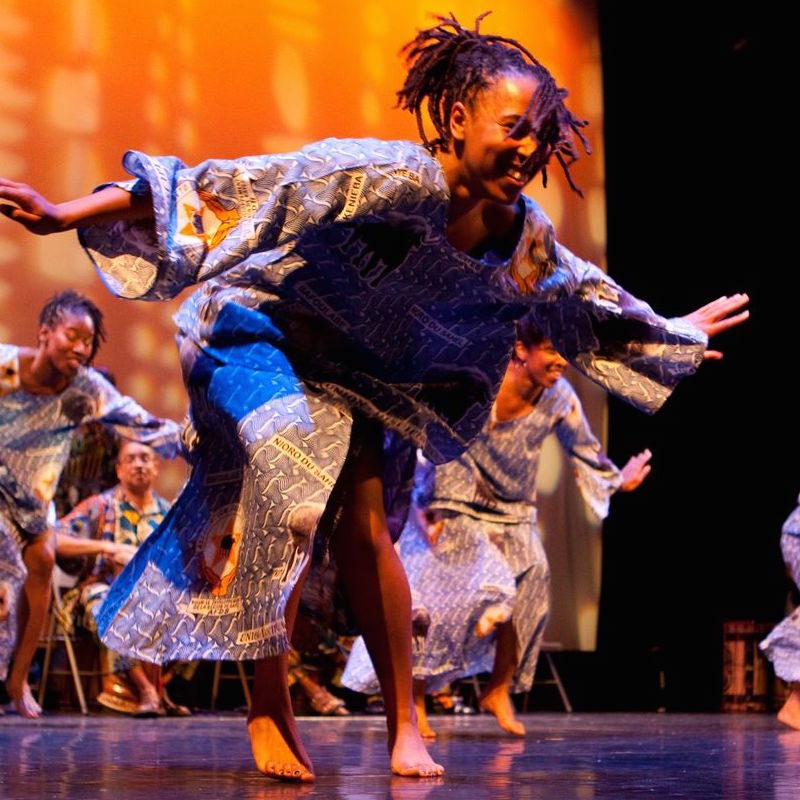What is Dance/Movement Therapy?
The American Dance Therapy Association (ADTA) defines Dance/Movement Therapy (DMT) as the psychotherapeutic use of movement to further the emotional, cognitive, physical and social integration of the individual. What I particularly like about this definition is the use of the word ‘integration’. Therapy seeks to integrate, or unite, the various aspects of an individual’s experience so that they are optimally functional in their environment. DMT attempts to access this integration through the body, as it is the substrate in which all of our experiences are based. DMT does not ignore traditional methods and theories of psychotherapy. On the contrary, dance/movement therapists simply seek to add to the existing body of psychotherapeutic interventions. DMT has been found to be of more use than talking alone for individuals who are pre-verbal, nonverbal, or in extreme mental states. This is not to say that DMT is only helpful for clients who are nonverbal. In fact, DMT is helpful for anyone who could benefit from a deeper connection with their body, which is most, if not all of us. In Dance/Movement Therapy, the distinction between mind and body is not taken as absolute truth. As human beings, when we are at our most efficient, our entire system works together as a whole. As well, when something goes wrong, it rarely affects just one and not the other. However in certain modalities of psychotherapy such as analysis and cognitive-behavioral methods, the body is altogether ignored, which is an unfortunate error. What the pioneer Dance/Movement Therapists intrinsically understood, and what neuroscientists have more recently proven, is that the body is just as capable of storing experiences as the brain. The dance/movement therapists’ role is to support the client’s awareness of their own movement repertoire, and eventually to help them broaden it. As human beings, we have all developed patterns of behavior to help us cope with stressful situations. However for some of us those patterns are still in operation, even after they have become outdated. In some cases these patterns may even be self-destructive or harmful. Movement patterns are often associated with thought patterns that are not within our conscious awareness. The therapist supports the client in becoming more aware of both thought and movement patterns, and in creatively practicing new ones. Obviously, this will look different for each person. We are all faced with differing stressors and resources in our environments. As a result, we all develop different patterns. If therapy is successful, the individual has a greater awareness of their patterns, and more choice around when those patterns may or may not be helpful in a given situation. For individuals who are mentally ‘healthy’ and functional, DMT can help to further a natural process of growth and integration. For those who are mentally ‘unhealthy’, and who are struggling to make more productive choices in their lives, DMT can help uncover the root of certain patterns (which may very well predate their verbal memory) and help them create greater flexibility and range of behavior in response to stress.

Tajah Sahar Schall MA, LPC, R-DMT
I provide somatic (body-based), social justice oriented counseling to individuals, couples and families of all sociocultural backgrounds. I support adolescents and their families through the unique and often difficult time of transition by incorporating movement, nature and rites of passage into the therapeutic process.
Location
Zoom sessions only for the time being
Call for Appointments
(215) 605-0280
